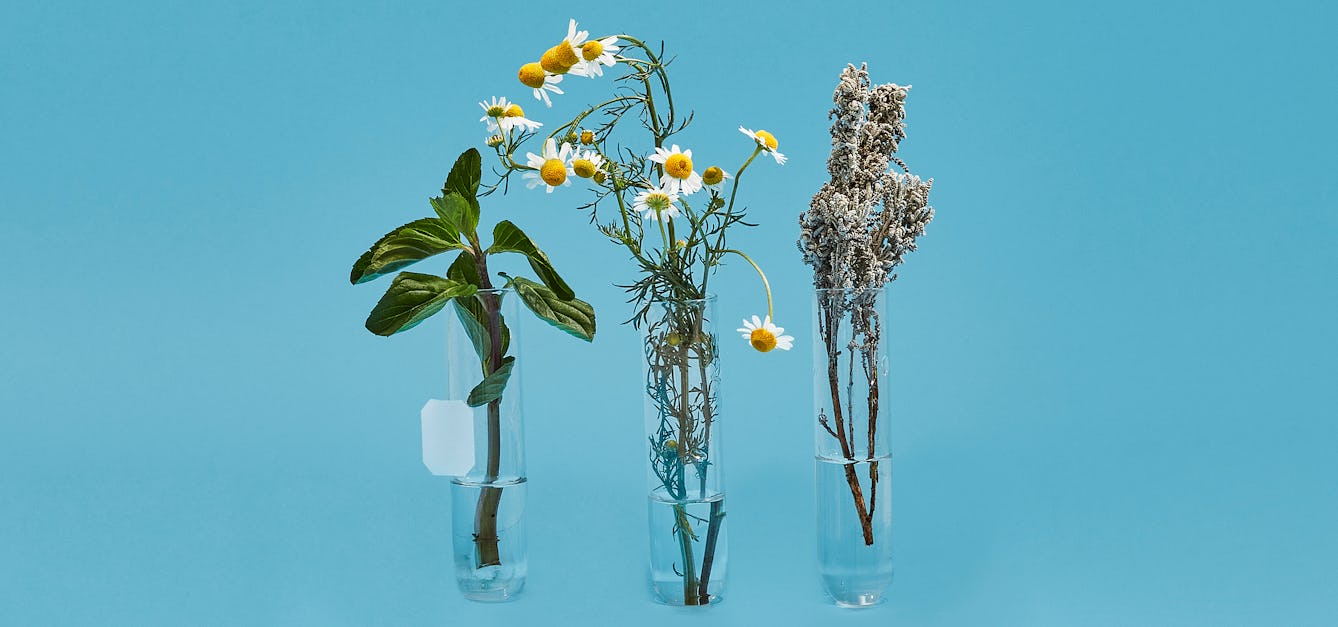Stories

- Article
Love, longing and tea from the polski sklep
For people of Polish origin in the UK, herbal tea is closely tied to health and shared history. Kasia Tomasiewicz explores her changing relationship to these tea-related cultural habits.

- Article
How hip-hop can save your mental health
Hip-hop is an unusual tool in the mental health professional’s armoury. But fans and performers can testify to the sympathetic and restorative powers of the genre.

- Article
Natural eating in Jamaica and the Caribbean
Riaz Phillips is passionate about the Jamaican food he grew up with and plant-based Caribbean food he came to later, like roti, baiganee and vegan stews and curries. Here he explores the origins and surging popularity of these natural ‘health foods’.

- Article
What Black women do when the NHS fails them
Sabrina-Maria Anderson explores misogynoir – hatred of Black women – within the NHS, and how women like her are consequently turning to other sources of medical support.
Catalogue
- Archives and manuscripts
London Museums of Health and Medicine archives
London Museums of Health and MedicineDate: 1991-2014Reference: SA/LMH- Ephemera
London Museums of Health & Medicine : whatever your age or interest, London's museums of health and medicine are well worth a visit / London Museums of Health & Medicine, Wellcome Collection.
Date: [2012?]- Books
Museums of health and medicine : Liverpool, Bristol and London / Margaret Pelling.
Pelling, Margaret.Date: 1985- Archives and manuscripts
Notices, Agenda and Minutes, 1991-2014
London Museums of Health and MedicineDate: 1991 - 2014Reference: SA/LMH/APart of: London Museums of Health and Medicine archives- Archives and manuscripts
Promotional Material and Marketing
London Museums of Health and MedicineDate: 1990s-2010sReference: SA/LMH/CPart of: London Museums of Health and Medicine archives







![Chamaemelum nobile (L.) All. Asteraceae. English, Roman or garden chamomile Distribution: Europe, Mediterranean. Culpeper (1650): “... assuage swellings, inflammations of the bowels, dissolve wind, are profitable given in clysters or drink, to such as are troubled with colic or [renal] stone.” The leaves are pleasantly fragrant, hence its use as a lawn plant, but also in aromatherapy. A ‘tea’ made from the flowers is apparently used to lighten hair colour. Chamomile contains sesquiterpene lactones, and these are known to possess allergenic properties. Hypersensitivity reactions have been reported in this and other members of the Compositae (Asteraceae) and cross sensitivity reactions may occur (Medicines Control Agency, 2002). Analgesic, and used for cramps and spasms (Quincy, 1718). Chamomile tea is used to help sleep, but may cause uterine contractions so avoid in pregnancy (US National Institutes of Health advice). Photographed in the Medicinal Garden of the Royal College of Physicians, London.](https://iiif.wellcomecollection.org/image/B0008965/full/282%2C/0/default.jpg)

